The lesson learning target was “I can identify the structure of a text passage to help with my comprehension.” Students have been exploring text structures for several lessons and have been taught the key words that might signal a chronology vs. problem/solution, etc. What we noticed is that some students were getting too caught up in the key words and misidentifying the structure. They were SPLITTERS – looking at the part without looking at the whole.
To help students see the need to look at part and whole, we began by showing them several images – one whole and one a zoomed in part – and had discussion about why it might be important to see both. For example, with a photo of African Stew and a peanut, we were able to talk about peanut allergies as a strong reason to look at parts. With a photo of a chess board, we discussed why the whole picture told a more interesting story than the part. Download images here, if you would like all eight.
Next, we assigned partners, each being either a SPLITTER or a LUMPER. The SPLITTER used wikkistix to circle key workds, while the LUMPER read the whole passage. They then discussed what they noticed and decided which text structure it represented.
We also added gestures and visuals to go along with the thinking process. Download those here.
This concept can be applied to so many things we teach!
"All knowledge has a part-whole structure, and therefore to understand it, we must see the part-whole structure of each and every idea we encounter."
D. Cabrera
Even the U.S. Army considers this work essential!
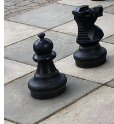







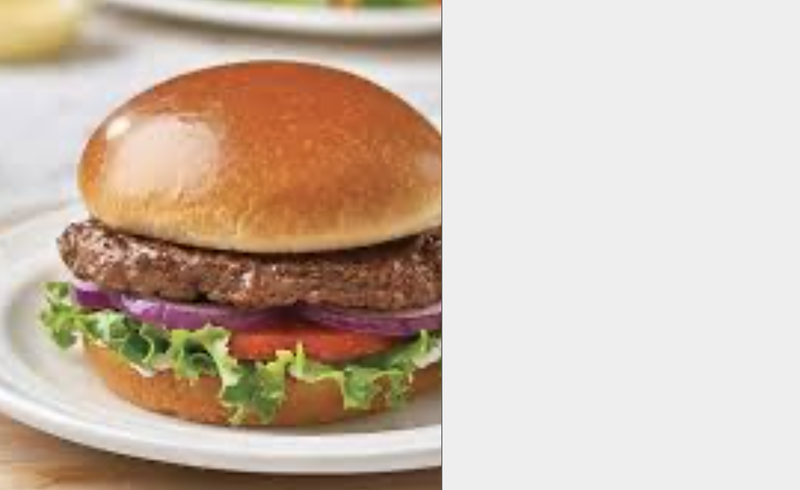
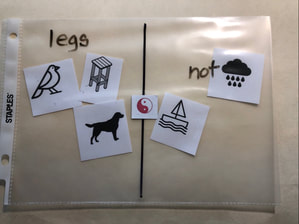
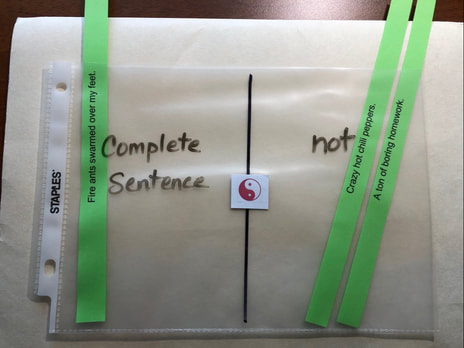
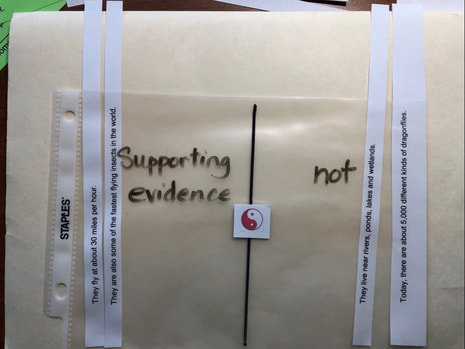
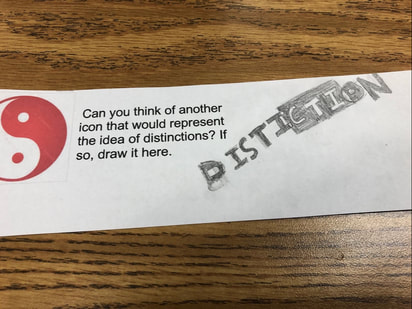
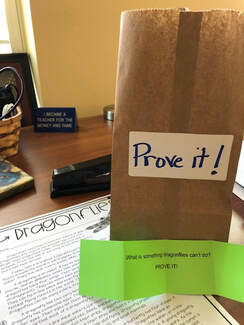
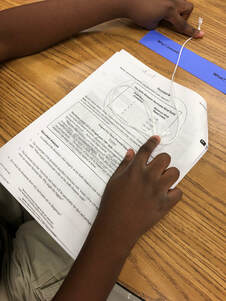
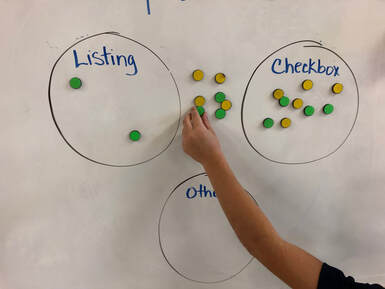
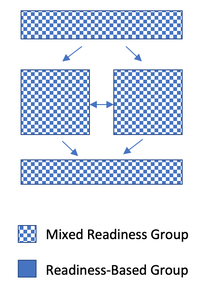
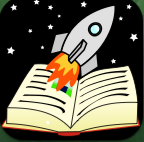

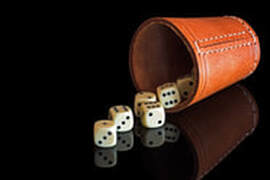
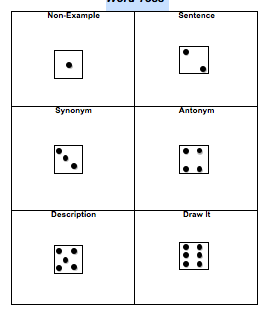
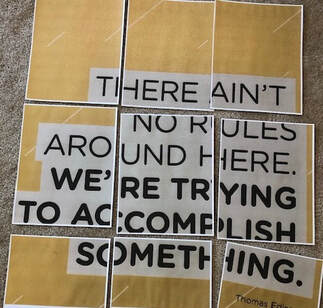
 RSS Feed
RSS Feed